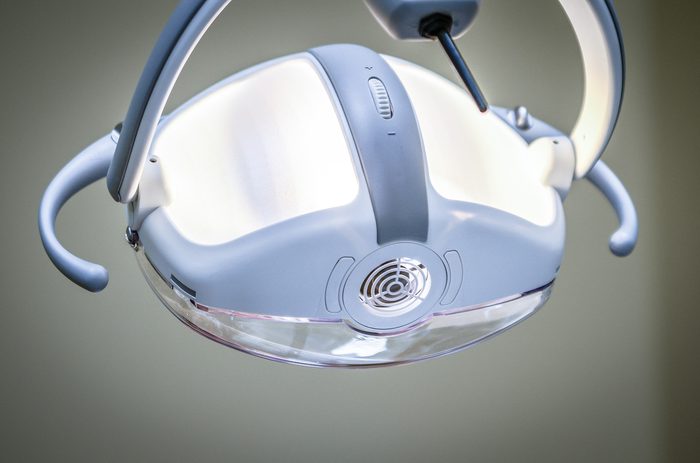The Right Space: Setting Up an Efficient Sterilization Center
Saturday, November 19th, 2022

by Gracie Hogue, BM
Did you know that the way your Sterilization Center is set up could save you 5+ minutes per procedure and set your practice apart in infection control? Laying out your Sterilization area efficiently puts your practice in the fast lane on the road to success. Take an honest look at your practice’s Sterilization Center and compare to the layout ideas below:
- Keep it centralized! Since the Sterilization Center is essentially the heart of the practice, it’s important that the flow doesn’t get clogged and cause delays or issues. Sterilization needs to be in a centralized location that allows for easy flow in and out. Having Sterilization at the end of the building or in an awkward corner quickly hampers the time and energy of the staff coming in and out.
- Keep the flow from “dirty” to “clean” fluid. How your sterilization is designated makes all the difference in the world. Where staff is entering in with contaminated instruments should not be adjacent to where the clean instruments are being wrapped. The processing from dirty to clean should essentially be a straight line in terms of what areas are designated clean to dirty. There should be enough space for staff to move through the sequence without them bumping into each other or getting in each other’s way.
- Segment spaces according to activity. The CDC says your instrument processing area should consist of four sections: 1. Receiving, cleaning, and decontamination. 2. Preparation and packaging. 3. Sterilization. 4. Storage. Traffic flow should go sequentially from one activity to the next. If the process is out of sequence, Sterilization isn’t running efficiently.
- Space is key. Having enough counterspace, walking space, and storage space is a big deal in Sterilization. Again, if you think of it as the heart of your practice, you wouldn’t want the arteries to get clogged and cause delays or accidents to happen.
- Have separate and designated entrance/exit ways. Ideally, Sterilization should flow in a straight line. Having doorways at separate ends of Sterilization optimizes the flow and dramatically cuts the risk of infection or sharps injuries or accidents.
If your Sterilization is running smoothly and efficiently, your practice is running smoothly and efficiently.




